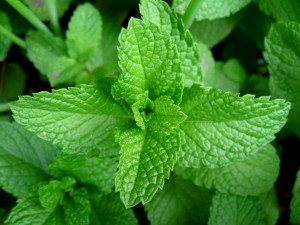 Peppermint (mentha piperita) is steam distilled from the leaves. One drop of peppermint essential oil is equivalent to drinking about 28 cups of peppermint tea! Peppermint is a versatile oil one of the best oils to start with if you are new to using essential oils.
Peppermint (mentha piperita) is steam distilled from the leaves. One drop of peppermint essential oil is equivalent to drinking about 28 cups of peppermint tea! Peppermint is a versatile oil one of the best oils to start with if you are new to using essential oils.
Primary benefits: Supports digestion, researched for it’s cooling and energizing properties, muscle and joint support as well as digestive health.
Peppermint may also be useful for tension headaches (apply to temples or back of neck) bumps and bruises, applying immediately after injury (not to broken skin) , and to freshen your breath.
Peppermint is for energy after a night of not enough sleep – either inhaling it or putting a drop of it in our drinking water. Make sure you only use a peppermint oil that is safe as a Food Additive so you can even add it to hot chocolate or any recipe calling for peppermint extract for an alcohol-free flavor. Ingesting peppermint oil or rubbing a drop on the stomach can help with nausea or diarrhea. Make sure to dilute your peppermint oil with a vegetable oil for sensitive skin. Do not use on children under 5. When applying essential oils, it is important to apply them at the first sign of need.Peppermint essential oil uses
Here are some more uses for Peppermint:
Allergies: Peppermint essential oil cools the body from allergies. Combined with lavender essential oil (calming) and lemon (support for the liver) this trio of oils is a powerful combination to combat heat from the inside out during seasonal changes.
Appetite suppressant: Applying a drop of peppermint oil to the tongue or inhaling the oil can help curb your appetite.
Arthristis/Rheumatism: Supports healthy muscles and joints. Apply a drop or two of peppermint essential oil on location and repeat as needed, up to every hour.
Bumps & Bruises: Apply 1-2 drops of peppermint oil directly on location of bump or bruises
Congestion: When applied to the sinuses or chest, it supports healthy nasal and lung function.
Cold sore: Apply peppermint oil to a cold sore at the first sign – tingling – and it may never get to a blister stage. Just applying the peppermint oil a few times the first few hours may take care of it!
Concentration: Peppermint can help with mental clarity – diffuse when you are studying for a test or presentation to help with memory recall.
Detoxify: Drinking peppermint essential oil is a gentle way to detoxify the body- adding a drop or two to your drinking water each day helps to clean your cells of petrochemicals and toxins that accumulate and slow down receptors.
Digestive issues: Rub peppermint oil on the abdomen or vita-flex points to support healthy digestion. Also helpful when added to drinking water.
Fever: Peppermint oil is very cooling and calming during fever – even when applied to the bottoms of the feet. For younger children under 3, try using Lavender essential oil on the bottoms of the feet for fever.
Headache: Massage a drop of peppermint essential oil onto your temples or place a drop of food grade peppermint essential oil onto the roof of your mouth.
Muscle injury: Peppermint essential oil may be helpful in supporting healthy muscles and joints. Apply as soon as possible after injury for best results.
Nausea & Vomiting: Just breathing in peppermint’s aroma can soothe a queasy stomach. For vomiting, add 1 drop of peppermint essential oil to 8 ounces of purified water and take small sips, waiting 10-15 minutes in between sips, continue until nausea subsides. Alternatively, massage a drop or two of peppermint oil on the soles of the feet. Repeat hourly as needed.
PMS-Menopause – May help cool the body during normal hormone fluctuations, also cooling properties for hot-flashes. Apply a drop of peppermint oil on the throat at the first sign of a hot flash to quickly cool the body.
Respiratory support: Opens up the sinuses, supports healthy lung function. Breathe the aroma of peppermint oil directly from the bottle, or apply it to a tissue and breathe deeply. For those over age 5, massage a drop or two on the chest to relax or breathe in the aroma directly from the bottle.
Synergy with Other Essential Oils: Peppermint essential oil works effectively with other essential oils by driving the oils in deeper to the tissue. For example, if you are using oils like marjoram or basil for tense muscles, peppermint essential oil applied on top of the marjoram or basil would make the combination more effective.
Avoid contact with sensitive skin, eyes, mucous membranes, burns or fresh wounds. Do not use peppermint oil undiluted on children under 5 years of age as it can cause respiratory distress. Consult an EDR for specific usage on diluting.
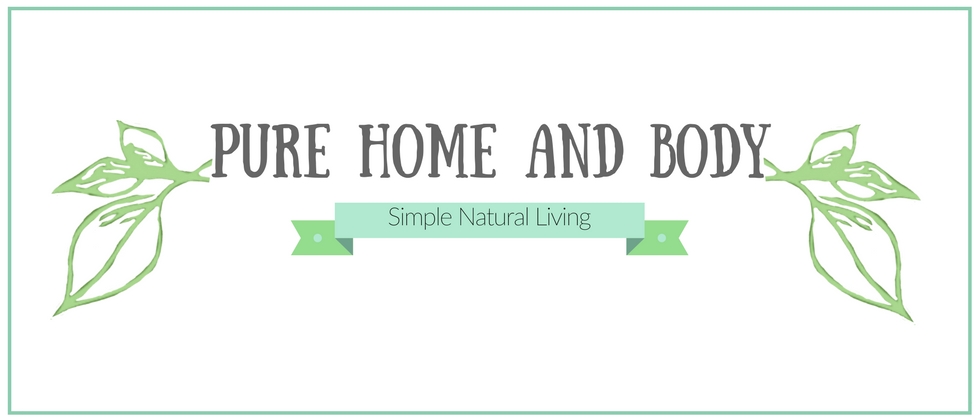

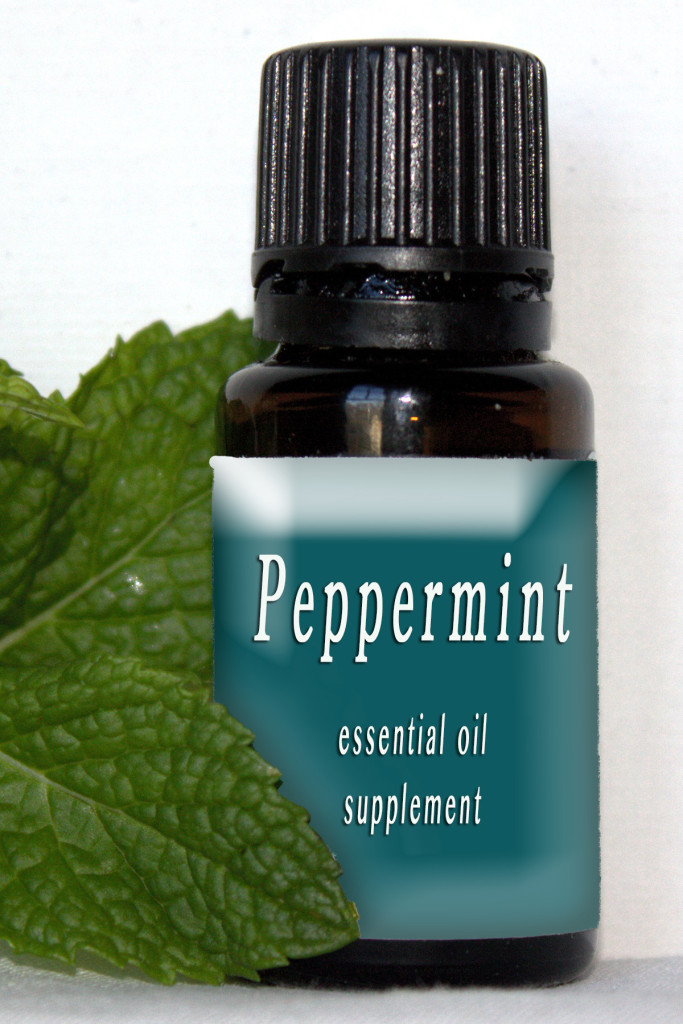






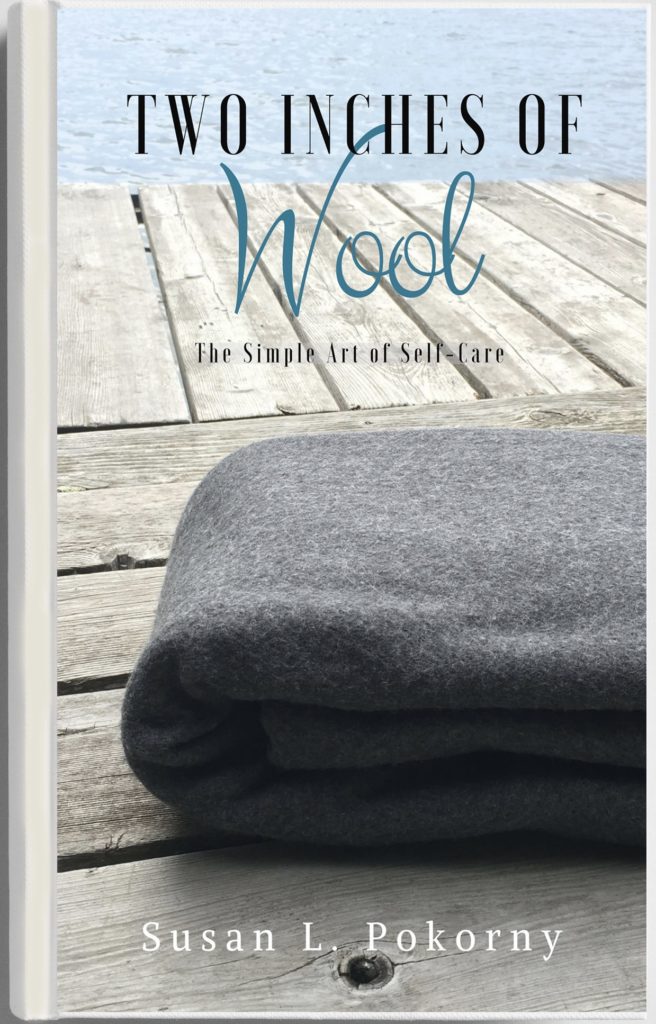
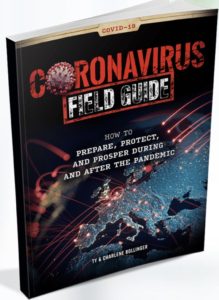



Thanks. Good information.